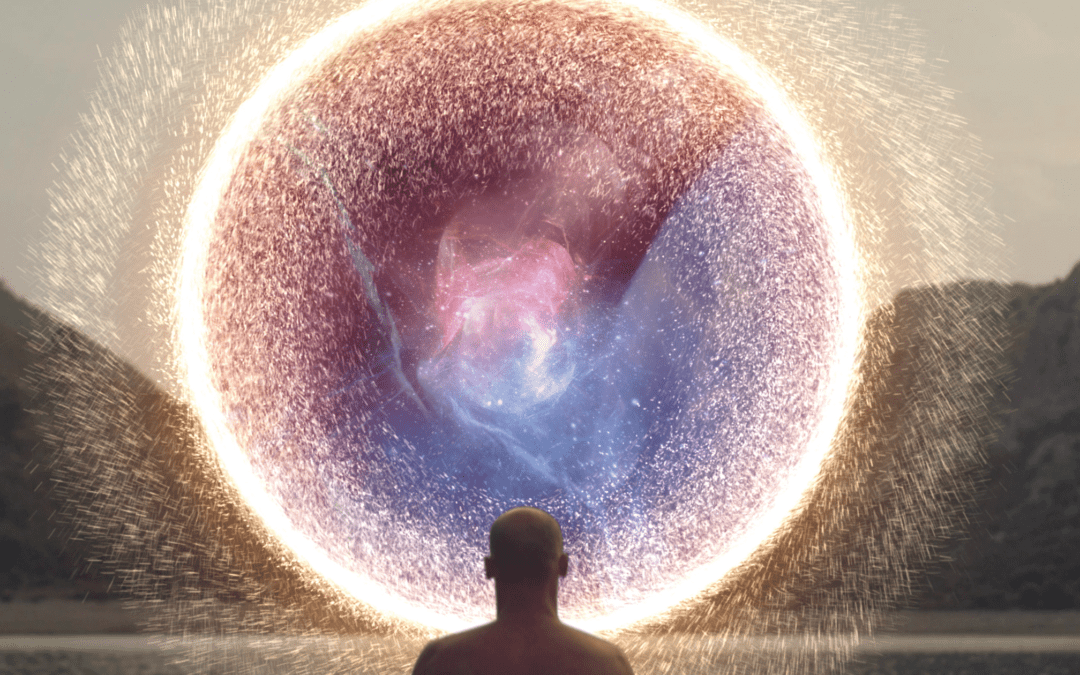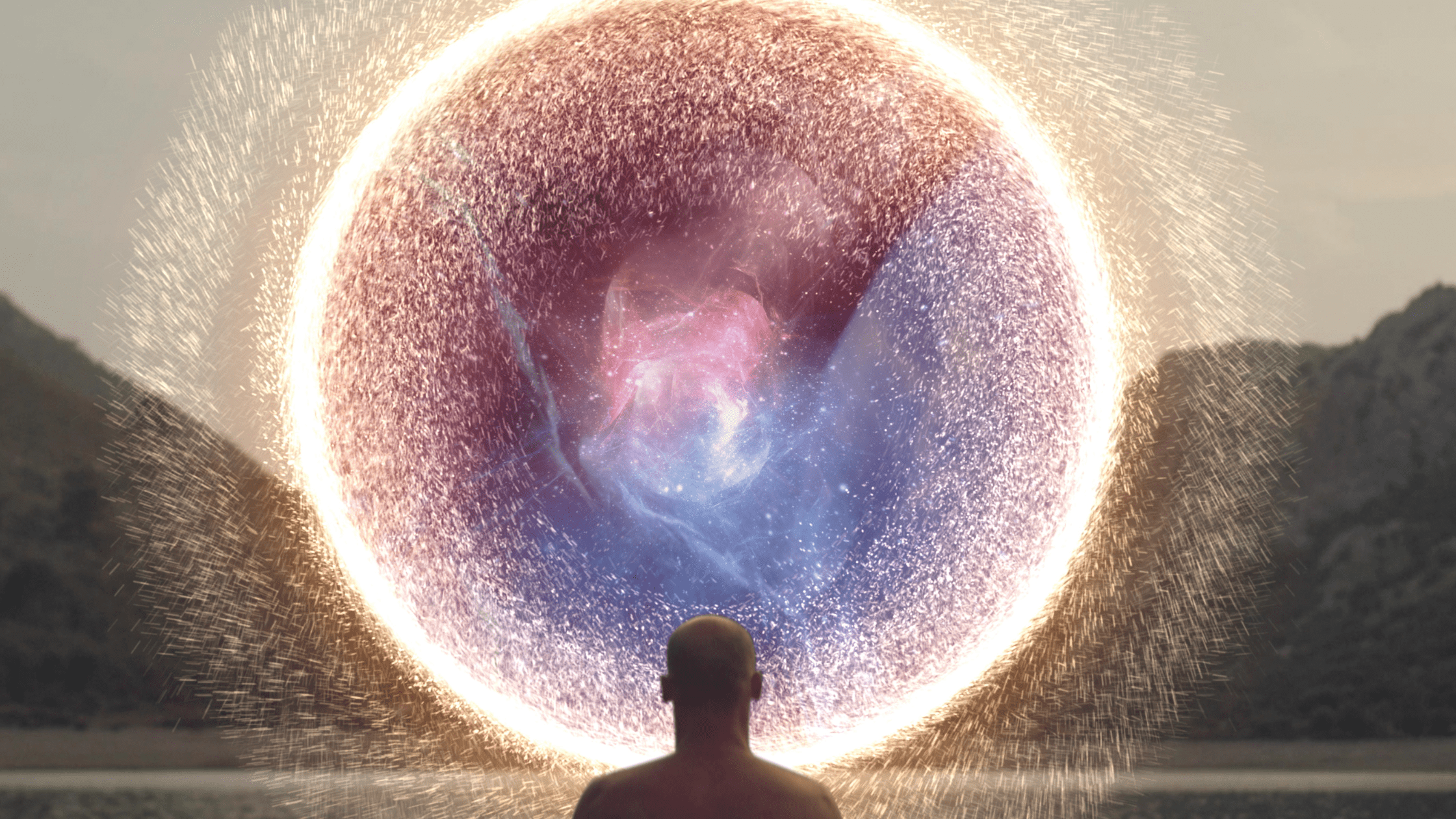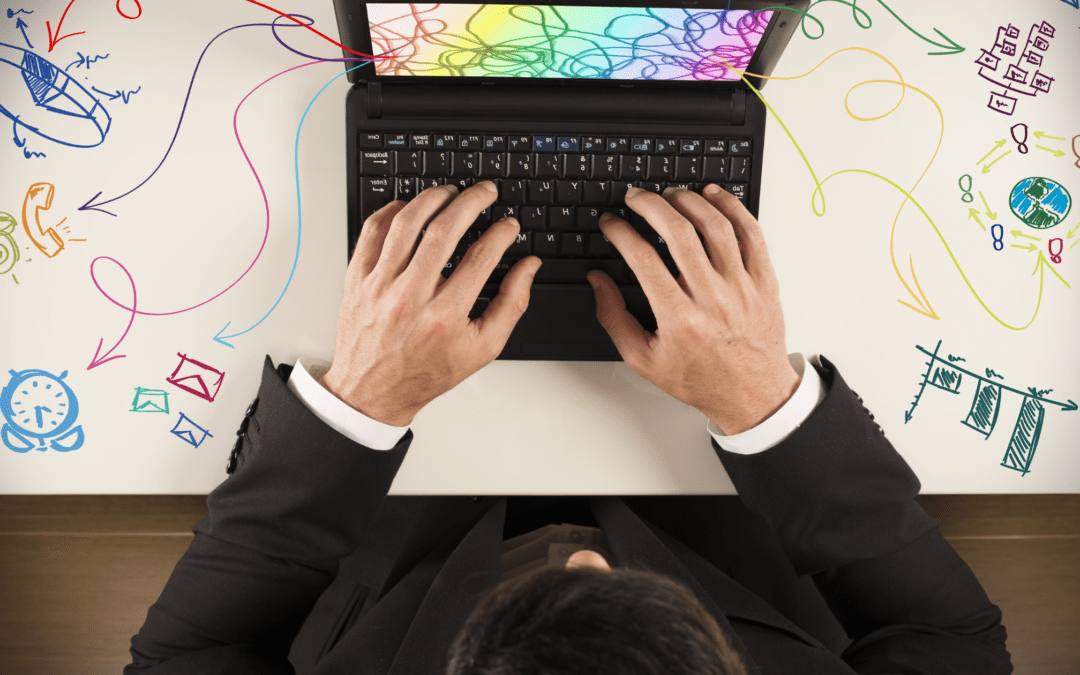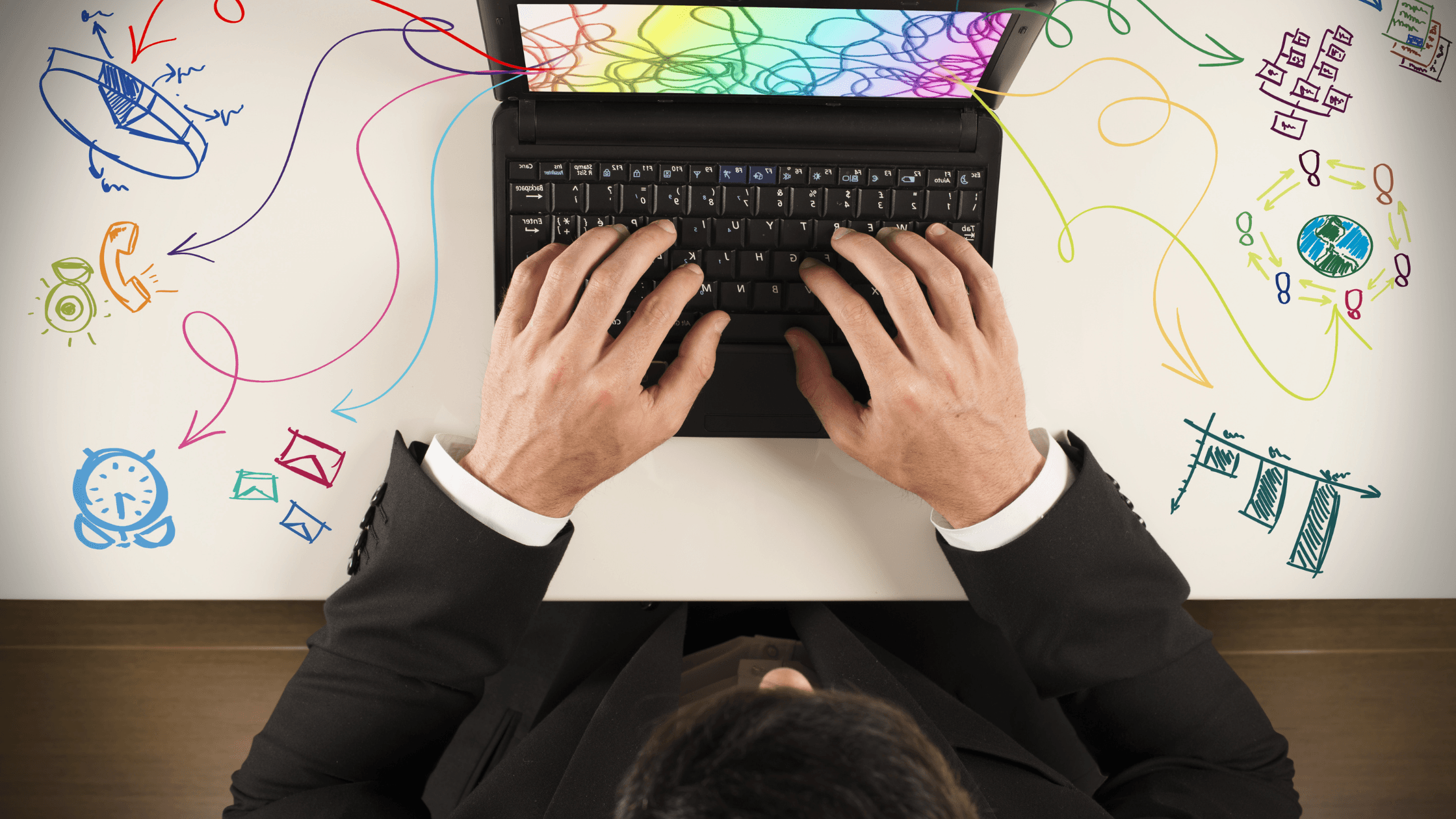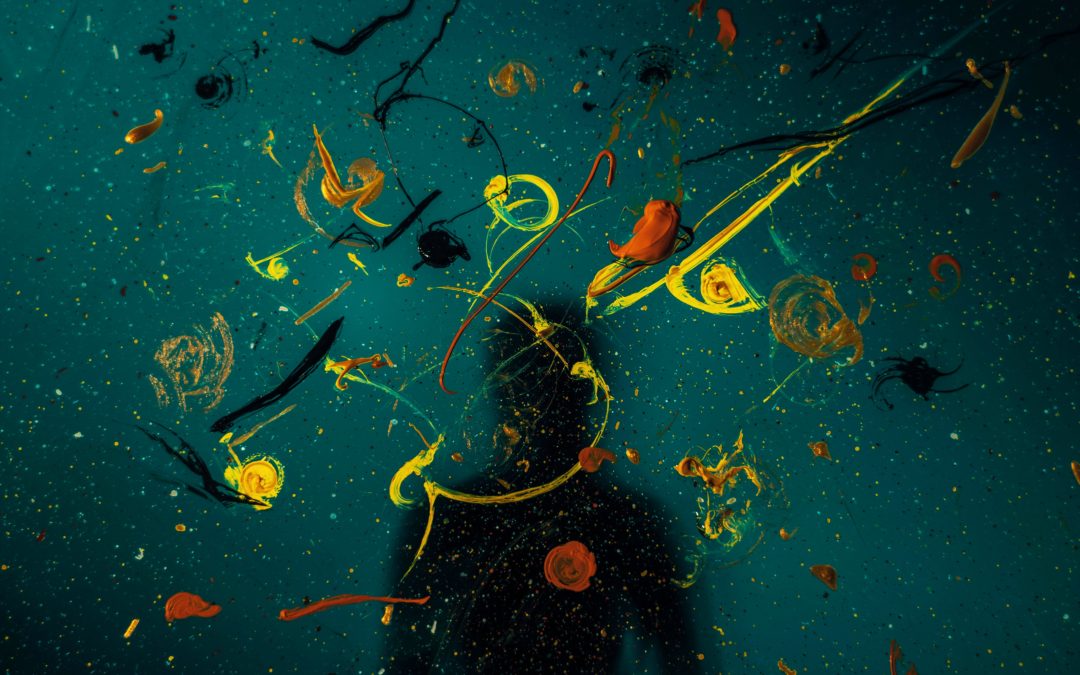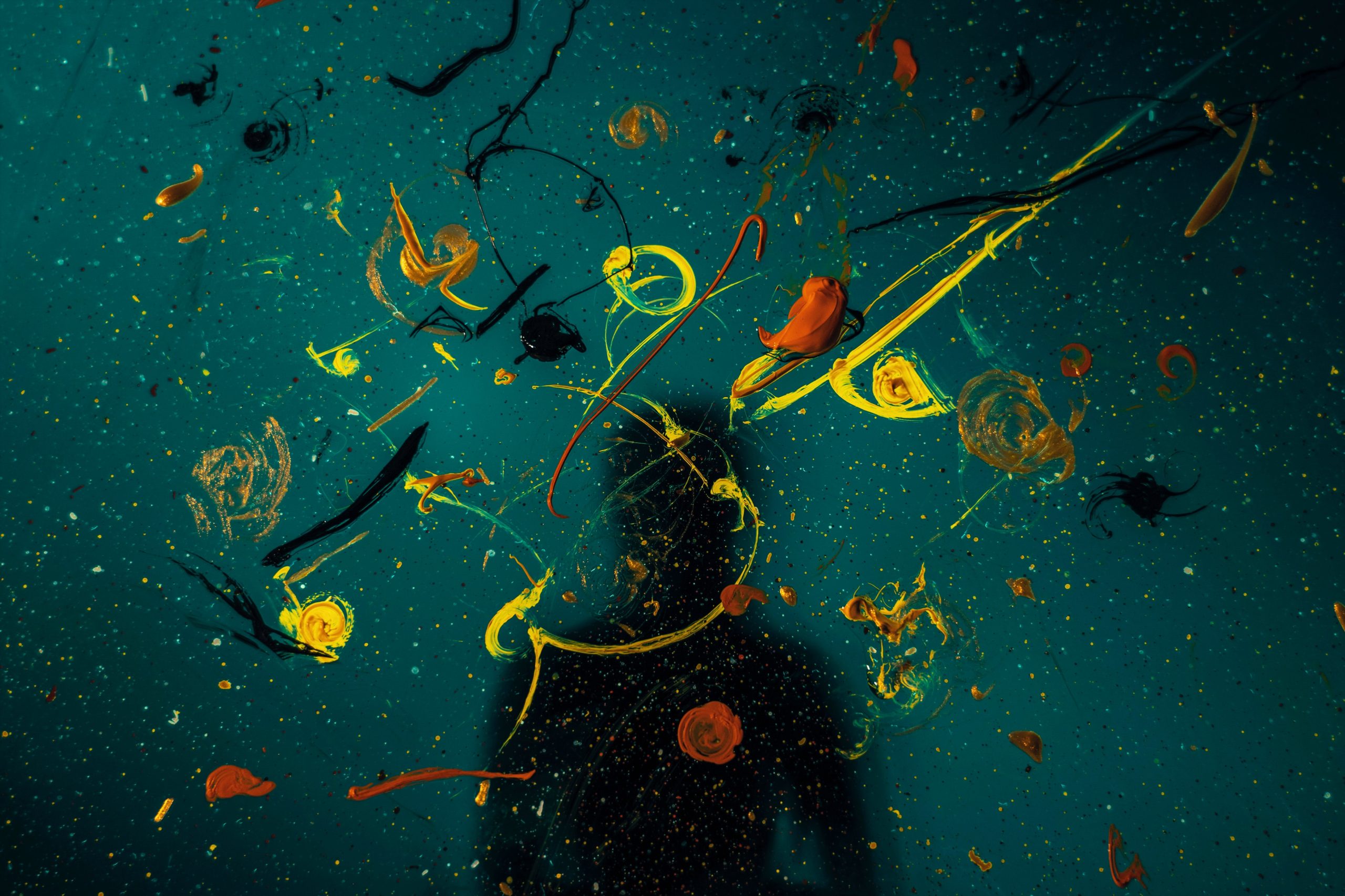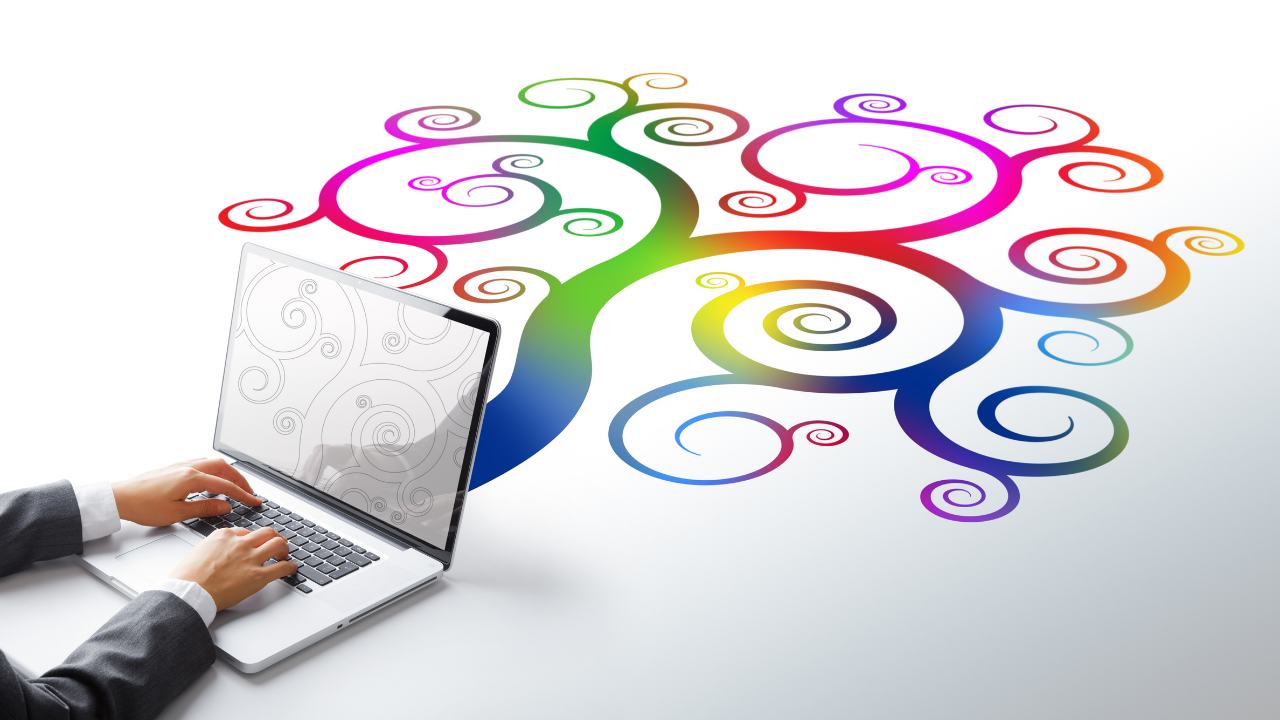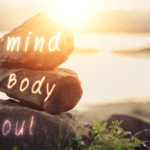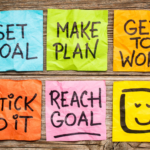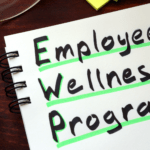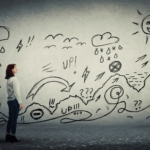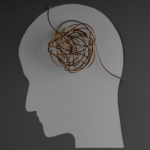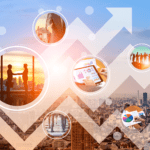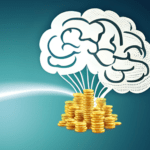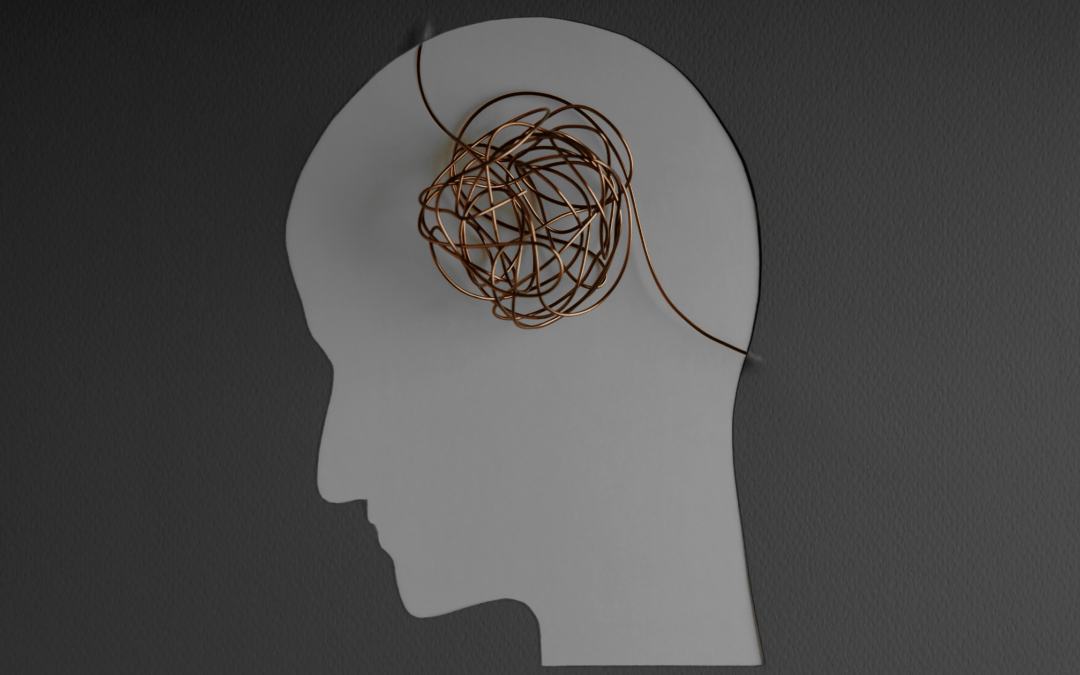
Understanding The True Nature of Boredom
Boredom’s Hidden Potential: How Embracing Restlessness can Fuel Creativity and Personal Growth
Boredom is a universal feeling that most of us experience at some point in our lives. It can strike when we have nothing to do or when the activities we engage in fail to capture our interest. While many dismiss boredom as a simple state of mind, recent research suggests that it may be more complex than meets the eye.
At its core, boredom is an emotional and cognitive response to an unsatisfying situation or task. It arises when our minds are not fully engaged or stimulated, leading to feelings of restlessness and dissatisfaction. Psychologists believe that boredom serves as a signal from our brains, indicating that we need to seek out new experiences or challenges. Furthermore, studies have shown that individuals who frequently experience boredom tend to have difficulty staying focused and are more prone to depression and anxiety.
Understanding the true nature of boredom can help us better cope with this often-misunderstood emotion.
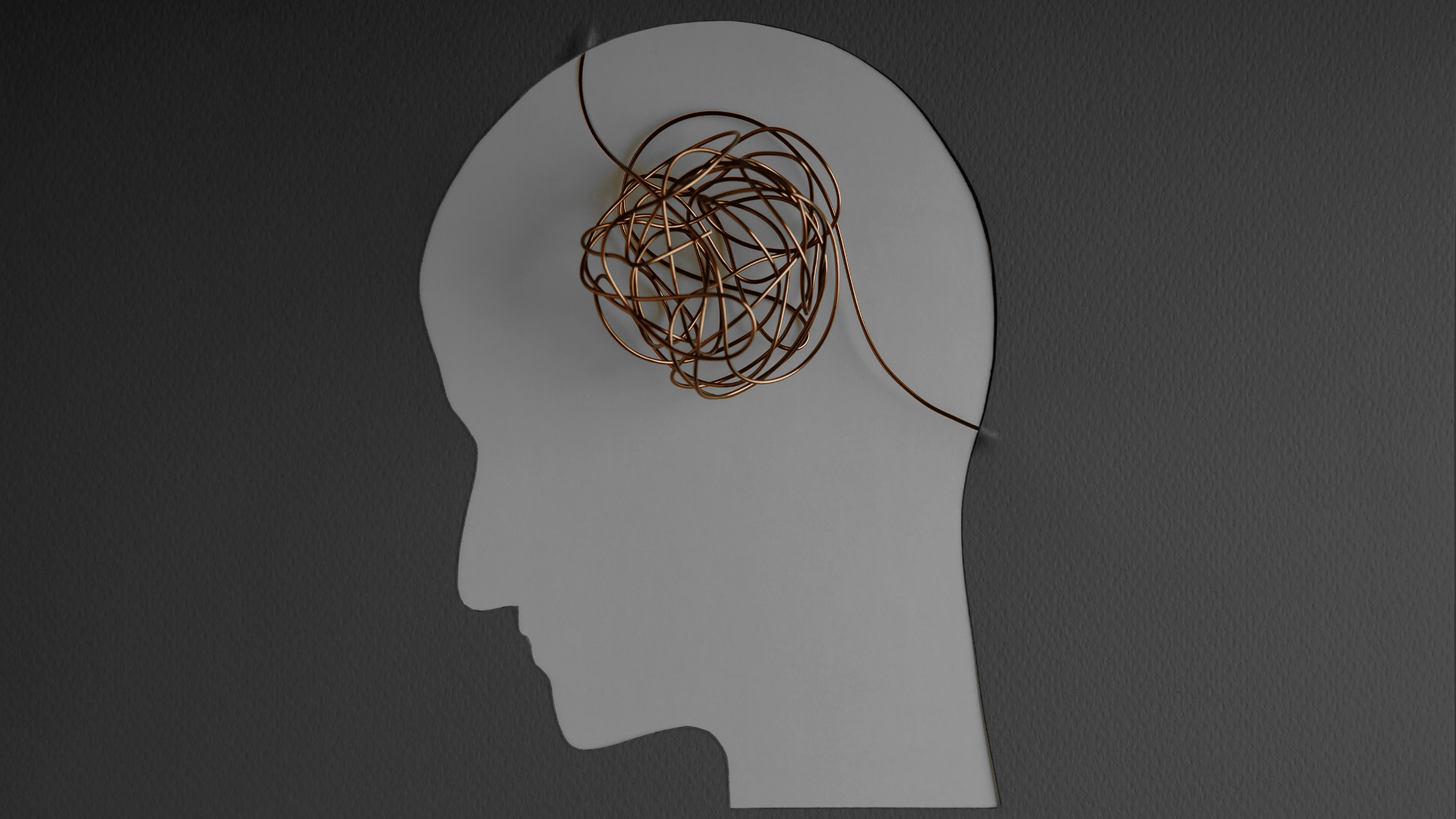
Embracing boredom as a catalyst for creativity
Boredom is often seen as a negative emotion to be avoided at all costs. However, research suggests that embracing moments of boredom can actually be beneficial for boosting creativity. When we allow ourselves to experience periods of inactivity and mental restlessness, our minds are given the opportunity to wander and explore new ideas.
Boredom provides an environment that encourages daydreaming and imagination. As our brains have no immediate stimuli to engage with, they are free to make connections between seemingly unrelated concepts and come up with innovative solutions. Studies have shown that individuals who embrace their boredom tend to exhibit higher levels of divergent thinking – the ability to generate multiple ideas or solutions. By allowing ourselves to feel bored, we create space for our minds to wander and stumble upon fresh perspectives.
The idea of embracing boredom may seem counterintuitive. We often seek constant stimulation and distraction, fearing that boredom is unproductive and a waste of time. However, embracing boredom can actually be a powerful catalyst for personal growth, creativity, and enhanced productivity. By reframing our relationship with boredom, we can unlock new opportunities and tap into our full potential. Here’s why and how you can embrace boredom to unleash your productivity and personal growth:
1. Igniting Creativity:
Boredom provides a fertile ground for creativity to flourish. When we allow our minds to wander and daydream, new connections and ideas can emerge. Boredom breaks us free from the constraints of routine thinking and opens up space for innovative solutions and fresh perspectives. By embracing moments of boredom, we give ourselves the freedom to explore uncharted territories and tap into our creative potential.
2. Cultivating Mindfulness and Self-Reflections:
Boredom offers an opportunity to practice mindfulness and self-reflection. When we’re not constantly occupied with external stimuli, we can turn inward and engage in introspection. Boredom invites us to reflect on our goals, values, and aspirations. It encourages us to examine our current circumstances and consider whether we’re living in alignment with our true passions and desires. Through introspection, we can gain clarity, set meaningful goals, and make intentional choices that align with our personal growth.
3. Enhancing Productivity:
Paradoxically, embracing boredom can lead to increased productivity. When we allow ourselves moments of stillness and boredom, we recharge our mental energy and prevent burnout. Boredom acts as a reset button for our brains, enabling us to approach tasks with renewed focus and vigor. By intentionally scheduling periods of downtime and embracing moments of boredom, we can optimize our productivity and perform at our best when engaged in tasks that require our full attention.
4. Developing Patience and Resilience:
Boredom challenges us to develop patience and resilience. In a world of instant gratification and constant stimulation, we can become accustomed to seeking quick fixes and constant entertainment. By willingly experiencing moments of boredom, we build resilience to discomfort and develop the patience to tolerate temporary periods of unstimulated time. This resilience and patience can transfer to other aspects of our lives, enabling us to navigate challenges with greater ease and perseverance.
5. Embracing New Learning Opportunities:
Boredom can be a catalyst for seeking new learning opportunities. When we’re bored, we’re more likely to explore new hobbies, read books, engage in intellectual pursuits, or take up creative endeavors. Boredom invites us to step out of our comfort zones and embrace novelty. By embracing boredom, we open ourselves up to new experiences and knowledge that contribute to our personal growth and development.
So how can you embrace boredom and harness its potential?
Embracing boredom and harnessing its potential can be a transformative experience that leads to personal growth, creativity, and a deeper understanding of oneself. Here are some strategies to make the most of moments of boredom:
- Create Space for Boredom: Intentionally set aside time in your schedule for moments of boredom. Allow yourself to disconnect from distractions, put away digital devices, and simply be present with yourself and your thoughts.
- Engage in Mindfulness Practices: Practice mindfulness meditation or other mindfulness techniques to cultivate a non-judgmental awareness of your thoughts and emotions during moments of boredom. Embrace the stillness and observe any arising ideas, insights, or creative sparks.
- Pursue New Interests and Hobbies: Use moments of boredom as an invitation to explore new interests, hobbies, or learning opportunities. Engage in activities that challenge you intellectually, creatively, or physically.
- Embrace Solitude: Spend time alone without external distractions. Allow yourself to engage in activities that don’t require constant stimulation, such as taking solitary walks,
Key Takeaways:
Embracing boredom can be a transformative practice that unlocks our productivity and personal growth potential. By reframing our perception of boredom, we recognize its value as a catalyst for creativity, mindfulness, self-reflection, and resilience. Embracing moments of stillness and allowing ourselves to experience boredom enables us to tap into our creative wellspring, enhance our productivity, and cultivate a deeper understanding of ourselves. It is through these moments of boredom that we can discover new passions, gain clarity, and embark on a path of continuous growth and self-improvement.
So, the next time you find yourself feeling bored, resist the urge to fill every moment with distractions. Embrace the opportunity to slow down, be present, and engage with your inner world. Embrace boredom as a friend and ally on your journey towards personal and professional fulfillment. Embrace the power of boredom and unleash your true potential.
Next Steps to Consider:
Unlock your true potential through our groundbreaking neuroperformance programs, where your secret genius comes to life. In just 12 weeks, experience a comprehensive transformation that touches every aspect of your existence: from career and daily performance to health, wellness, cognitive function, habits, relationships, energy levels, and even personal and spiritual growth. What sets us apart is our unwavering dedication to the brain—the very foundation of all transformative endeavors.
Genius knows no bounds and comes in various forms, and our program is designed to help you tap into your individual brilliance by fostering learning, knowledge, and profound personal evolution. Discover the incredible journey that awaits you by exploring our programs.

